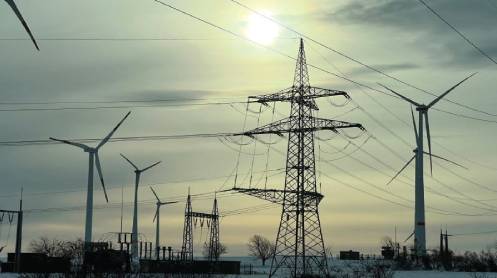KARACHI: Pakistan’s power generation dropped by 2% to 127,259GWh (14,504MW) in FY24 compared to the previous fiscal year. This decline is attributed to reduced overall economic activity and lower demand caused by rising power tariffs.
Hydropower led the power generation mix, contributing 31% in FY24, up from 28% in FY23. RLNG followed with 19% (up from 17% in FY23), while coal maintained a steady contribution at 16%. Other contributors included nuclear (18%), gas (9%), wind (3%), and furnace oil (2%).
Despite the overall decline, hydel and RLNG sources saw the most significant increases in absolute terms. In contrast, gas and furnace oil-based generation decreased.
A report by Topline Securities highlighted the addition of three new solar-based power plants: Helios Power, Meridian Energy, and HNDS Energy, each contributing 50MW. However, the removal of Kot Addu Power Company Ltd (Kapco), which had a capacity of 1,336MW, resulted in a net decrease in total installed capacity to 40,281MW in FY24 from 41,460MW in FY23.
The report also noted a 6% year-on-year reduction in the average fuel generation cost, which fell to Rs8.8/kWh in FY24 from Rs9.3/kWh in FY23. In June 2024, the fuel cost further declined by 11% year-on-year and 2% month-on-month to Rs8.6/unit. Approximately 45% of Pakistan’s power generation in FY24 came from RLNG, coal, and gas, with an average fuel cost of Rs17/unit.
Coal generation costs decreased by 13% year-on-year to Rs12.9/kWh due to lower international coal prices, while RLNG costs per kWh also dropped by 2%, correlating with a 2% decline in international crude oil prices to $80 per barrel in FY24.
The Topline Securities report pointed out that power generation has contracted for two consecutive years, with negative growth rates of 9% in FY23 and 2% in FY24. However, it anticipates a gradual recovery in power demand with improvements in economic activity, lower interest rates, and stable currency valuation.








